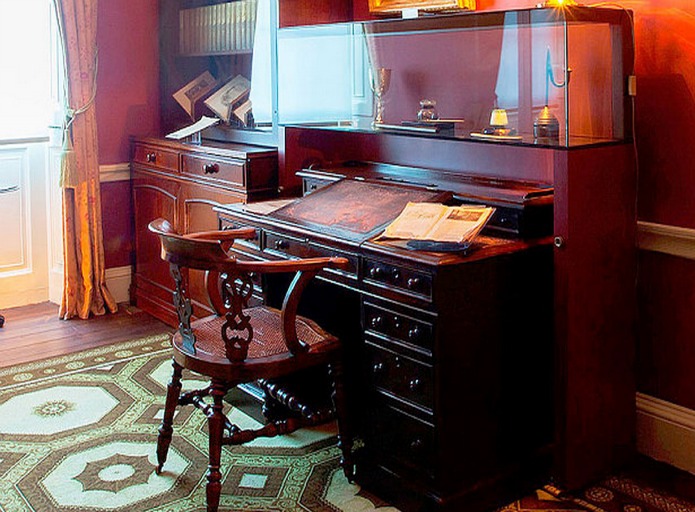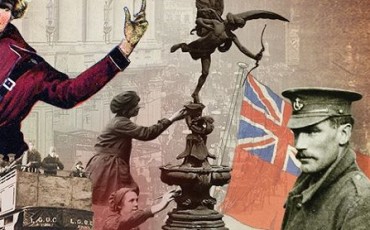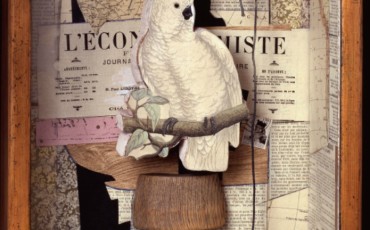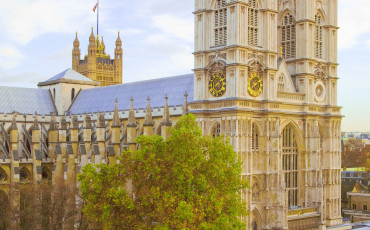Although on display at the Charles Dickens Museum in Doughty Street, the desk was privately owned and although it had been passed down through the Dickens family after his death in 1870, it was auctioned for the Great Ormond Street Charitable Trust in 2004.
Dickens used the desk in his final home in Gad’s Hill Place in Kent and Great Expectations, Our Mutual Friend and his unfinished novel The Mystery of Edwin Drood were penned at the desk.
The Charles Dickens Museum in London has been given a £780,000 grant by National Heritage Memorial Fund (NHMF) to buy the desk and chair, which would otherwise have been sold at public auction.
The desk was made famous in two paintings begun the year he died, The Empty Chair by Luke Fildes and Dickens’ Dream by RW Buss.

Charles Dickens’ desk and chair. Photo: © Charles Dickens Museum.







Leave a Reply